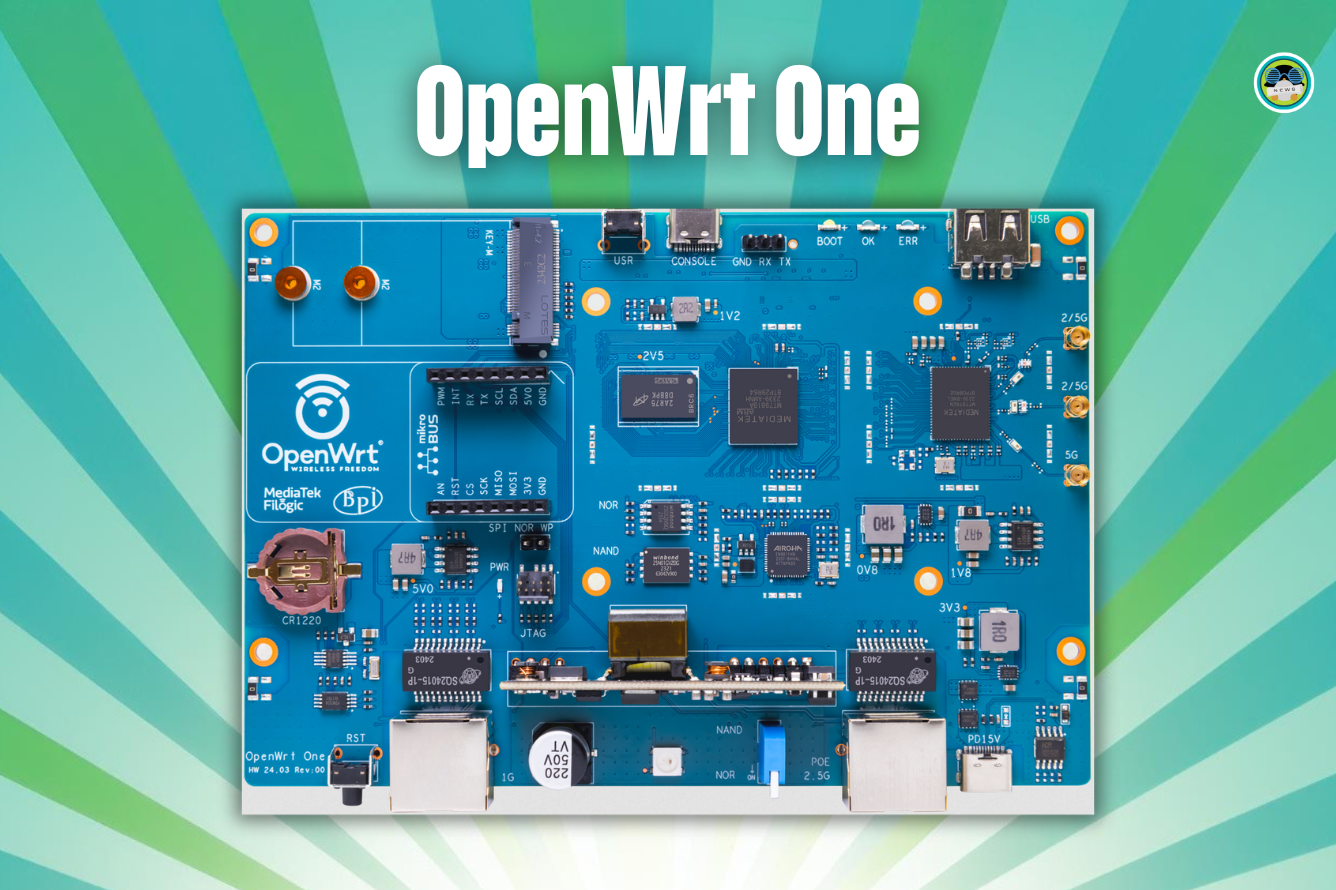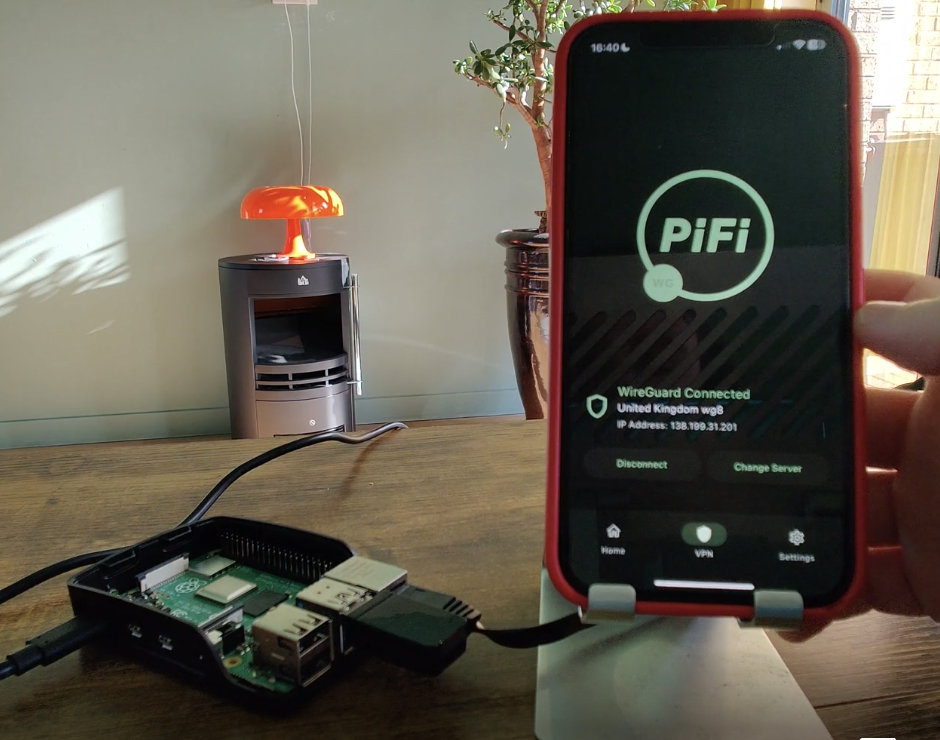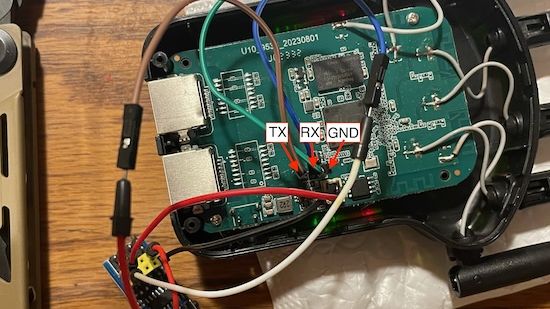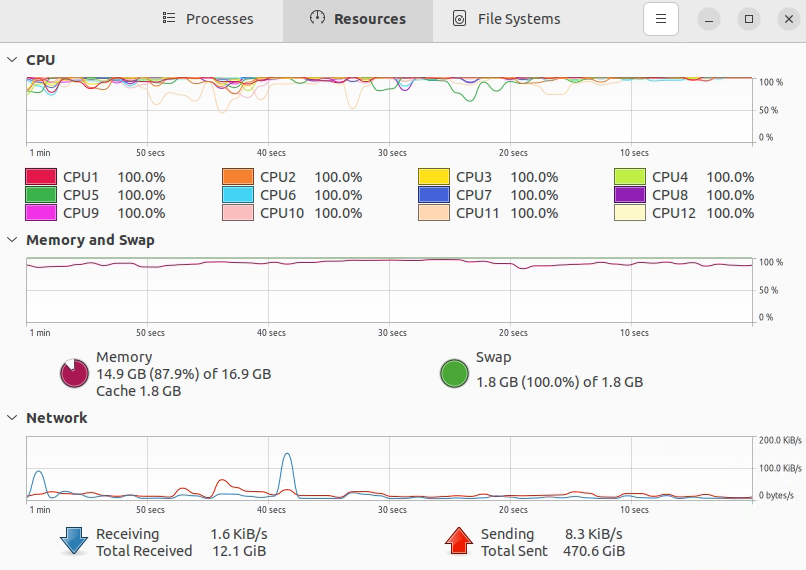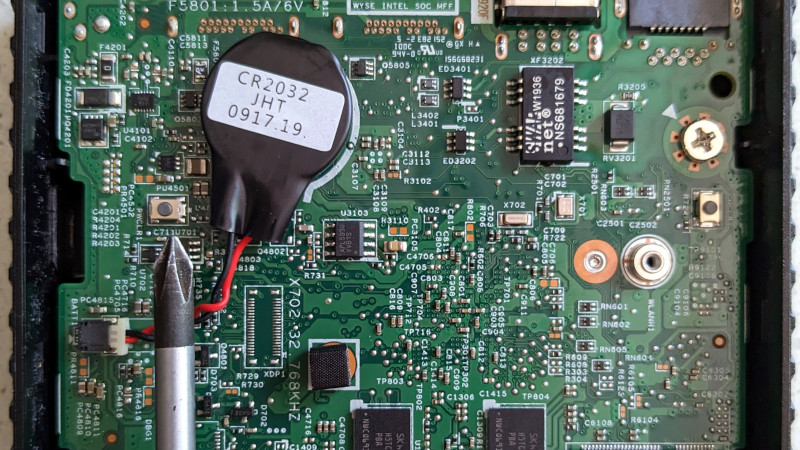One person like that
#openwrt
#OpenWrt One: A Repairable #FOSS Wi-Fi 6 #Router From #BananaPi
Source: https://news.itsfoss.com/openwrt-one/
Built with user control in mind, the OpenWrt One is designed to be open and unbrickable, with a switch to separately flash the NOR and NAND portions of the flash memory. This allows anyone to recover their router quickly, even if one of the #firmware partitions is corrupted, enabling easy flashes and unmatched customization potential.
#Linux #wifi #freedom #Software #Hardware #news #project #OpenSource #network #internet
6 Likes
1 Shares
First Router Designed Specifically For OpenWrt Released
The New OpenWrt One on sale now for $89 — Ultimate Gift for Right-To-Repair Enthusiasts
https://lwn.net/Articles/994961/
https://sfconservancy.org/news/2024/nov/29/openwrt-one-wireless-router-now-ships-black-friday/
https://lobste.rs/s/gxj1h4/first_router_designed_specifically_for
https://www.aliexpress.us/item/3256807609464530.html?gatewayAdapt=glo2usa4itemAdapt
4 Likes
Banana Pi and OpenWrt’s One/AP-24.XY Router Board Hits the Market
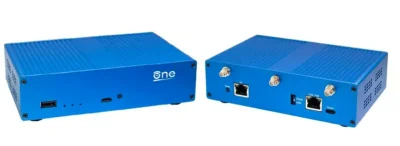
The MediaTek MT7981B (Filogic 820) SoC is at the heart of the OpenWrt One, paired with the MediaTek MT7976C dual-band WiFi 6 chipset. The device supports WiFi 6 with dual-band capabilities, offering 3×3 and 2×2 MIMO configurations for enhanced wireless connectivity.
In terms of hardware specifications, the OpenWrt One is impressive. It boasts:
- 1 x 2.5 Gbit WAN port and 1 x 1G bit LAN port for high-speed wired connections.
- 1 GB DDR4 RAM, ensuring smooth multitasking and efficient data handling.
- 256 MiB NAND and 16 MiB NOR storage, providing ample space for firmware and user data.
- An M.2 SSD slot allows users to expand storage further.
- A USB 2.0 Type-A port for peripheral connectivity.
- A mikroBUS expansion port opens up many possibilities for adding sensors, transceivers, and other modules.
It is a router but does not contain the usual switch array of 5 or 7 Ethernet LAN ports. So it will likely need to be supplemented with a network switch device for many.
Open source OpenWRT is already quite powerful router software, and along with all this hardware capability, this device looks really interesting. Because of OpenWRT’s involvement, it likely also means that there will be excellend support for features, and that it will receive ongoing support for quite a while (likely much better than Asus and other OEMs provide).
See linuxiac.com/openwrt-one-route…
#Blog, #BananaPi, #opensource, #openwrt, #router, #technology
4 Likes
One person like that
1 Shares
3 Likes
A Cheap Xiaomi Mi Router can become a Powerhouse using Free Open-Source OpenWRT
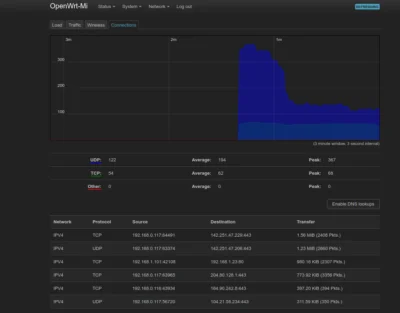
I should just state at the outset that configuring OpenWRT can be a bit daunting. It is very powerful and customisable, but it may take a few hours to figure out how to get everything done if you’re bridging networks, and setting up upstream DHCP, etc. What didn’t help me was also realising that when I wanted to bridge my networks, this router was clashing with my Asus router using the same network addresses. So a good idea is to set it to use a different network segment, e.g. 192.168.0.1/24 or 192.168.2.1/24. After that, things came to life.
Flashing the firmware was quite easy after I had verified my Xiaomi Mi router was a Generation 1 version, and I just followed the instructions from the OpenWRT site which included running three Windows .bat files which did everything.
The basics do work fine, remembering you need to enable wireless networking and just bind them to the LAN zone. But imagine your cheapy router now being able to do VLANs, have powerful options for firewalling, DNS, DHCP, routing, SSH login, and much more. I do like that for potentially breaking changes, it offers an option to do auto rollback. I also managed to lock myself out of the router after I enabled upstream DHCP which somehow did not work like I expected it to (solution being to just set a static IP on your laptop and connect to the LAN port to get back in — except Windows 10 also has a broken static IP address so you need to use Control Panel to set that).
This router is actually just used a sort of hotspot so it does sit behind my main firewalled router, and I can experiment a bit with it. My Asus will stop receiving updates in the coming few months, so I’m thinking of ref lashing it to OpenWRT instead then.
It is certainly worth trying though, but if you really don’t come right with OpenWRT, then Tomato OS is almost as configurable, and a bit more user-friendly. I’d liken the OpenWRT a bit to the MikroTik type software. The other big advantages though, as I previously mentioned, were getting updates after the OEM no longer provides then, and of course, unlocking masses of features for pretty cheap routers. And of course it also has a dark theme!
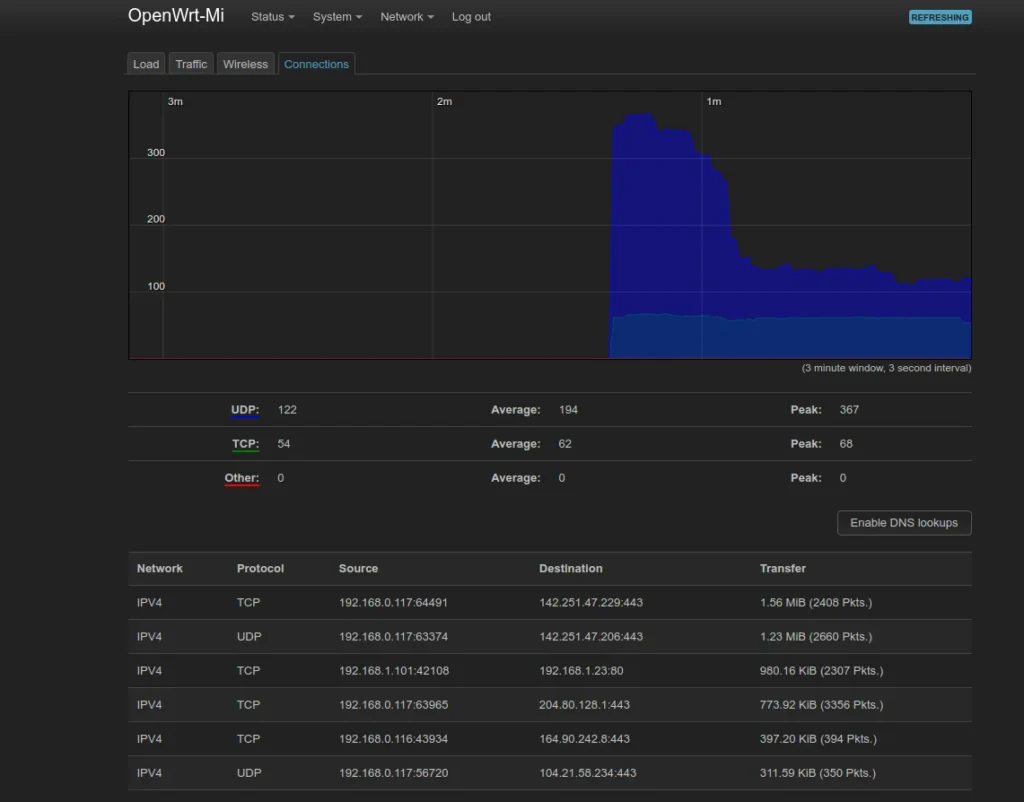 OpenWRT Connections screen
OpenWRT Connections screen
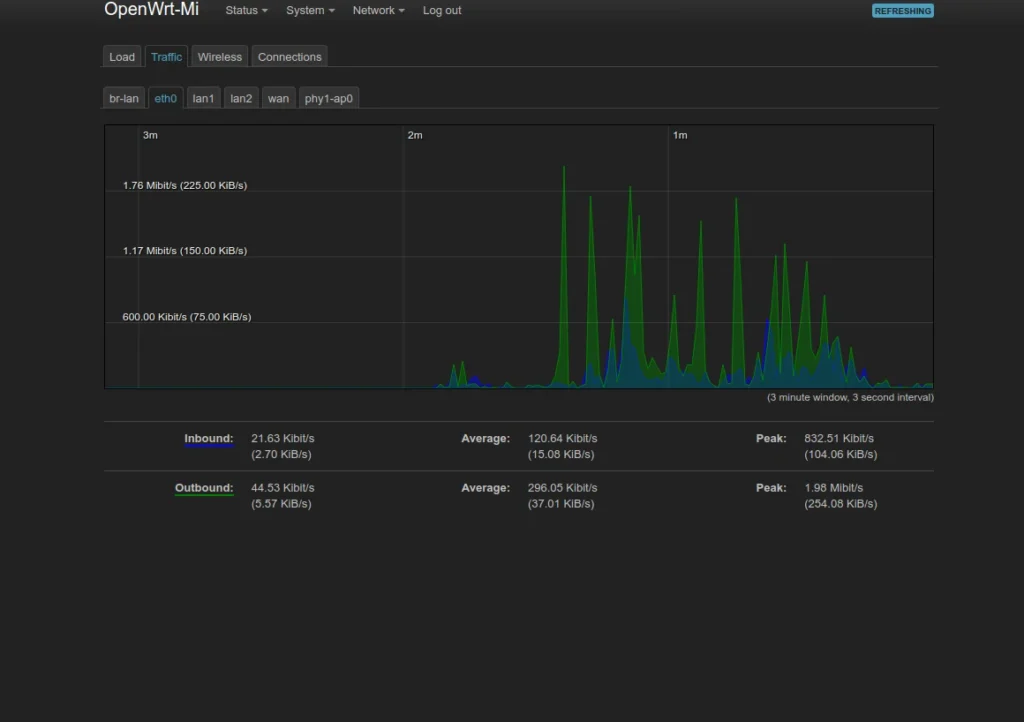 OpenWRT Traffic screen
OpenWRT Traffic screen
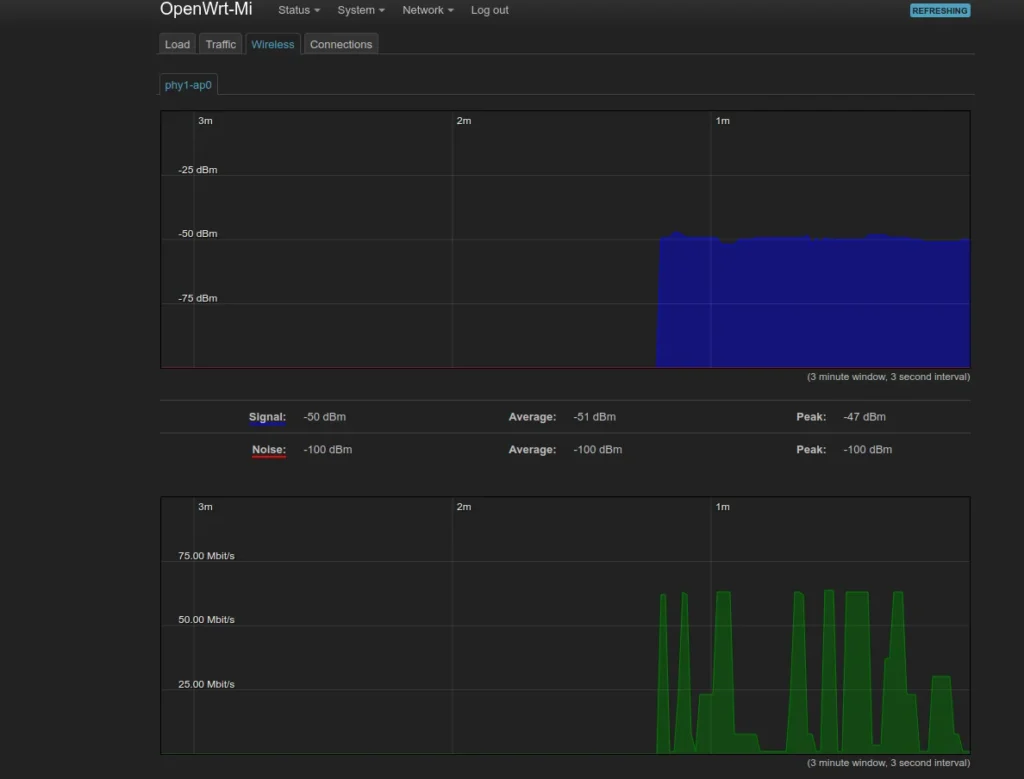 OpenWRT Wireless Strenth screen
OpenWRT Wireless Strenth screen
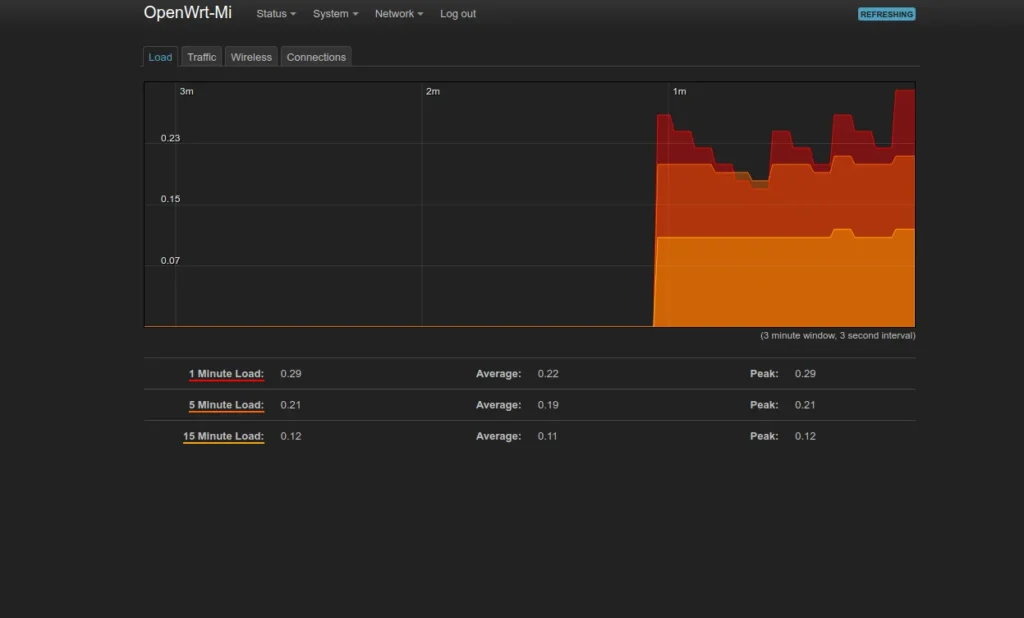 OpenWRT CPU Load Graph screen
OpenWRT CPU Load Graph screen
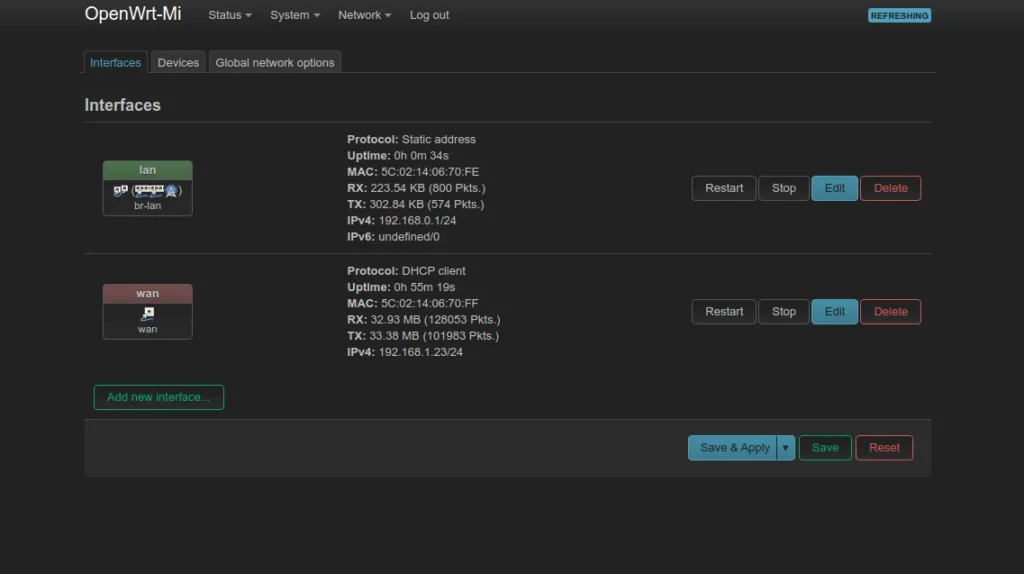 OpenWRT Interfaces screen
OpenWRT Interfaces screen
 OpenWRT LAN Bridge screen
OpenWRT LAN Bridge screen
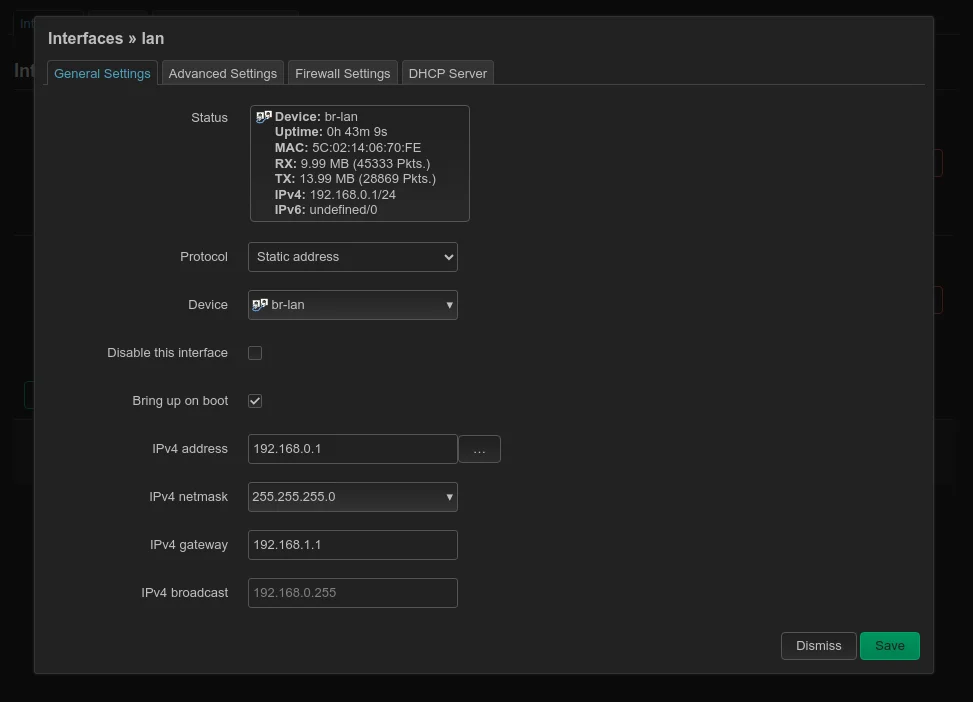 OpenWRT LAN settings screen
OpenWRT LAN settings screen
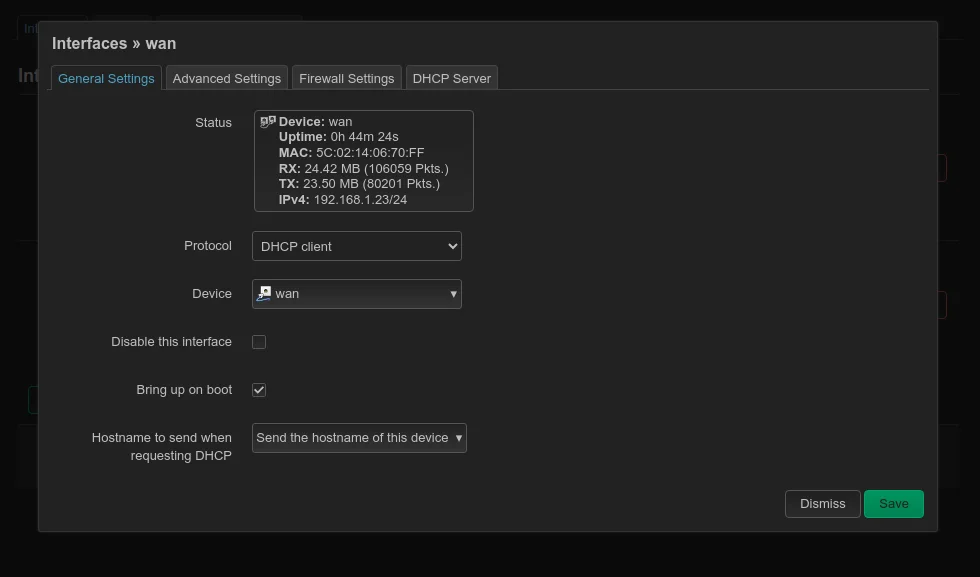 OpenWRT WAN Settings screen
OpenWRT WAN Settings screen
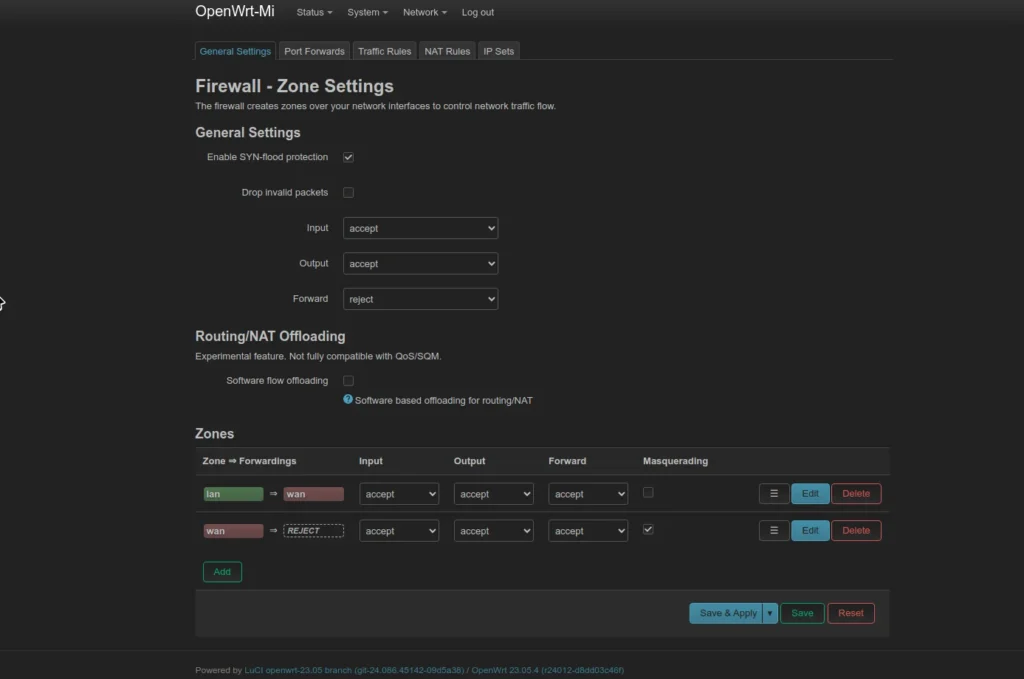 OpenWRT Firewall Settings screen
OpenWRT Firewall Settings screen
#Blog, #opensource, #openwrt, #routers, #technology
3 Likes
1 Comments
One person like that
🦉 💻 Freie Router-Firmware für mehr #Datenschutz (#CC2tv Folge 369)
https://yewtu.be/watch?v=EeKuqHYCNe0
"Die Anzahl der Geräte, die wir in unserem Heimnetz nutzen, ist in den letzten Jahren deutlich gestiegen. Darunter sind auch Geräte, denen wir nicht gerne vollen Zugriff auf das Heimnetz und Internet überlassen wollen. Doch meist ist es kaum möglich, beispielsweise den Internetzugriff zuverlässig zu beschränken. In diesem Video zeigen wir die freie Routersoftware OpenWRT, die solche Funktionen bietet, allerdings auch ein Netzwerk-Grundwissen bei der Einrichtung voraussetzt."
#OpenWRT #FritzBox #Heimnetz #Netzwerk #DMZ #Linux #Tracker #TOR #WireGuard #FOSS @Datenschutz - Privacy - Digitale Selbstverteidigung
2 Likes
1 Shares
2 Likes
1 Comments
8 Likes
20 Jahre OpenWRT: Eigene Hardware zum Geburtstag
https://linuxnews.de/20-jahre-openwrt-eigene-hardware-zum-geburtstag/ #openwrt #BananaPi
3 Likes
OpenWRT – DRAHTLOSE FREIHEIT
In der Artikelserie #OpenWrt möchte ich euch einen alternativen Weg aufzeigen – der Router bzw. das Modem von eurem ISP wird weiterhin die Verbindung ins Internet aufbauen und Funktionen wie Telefonie etc. bereitstellen. Dahinter bauen wir uns allerdings unser eigenes, privates Netzwerk auf – abgeschottet vom Netzwerk des ISPs. Eine modemlose FRITZ!Box 4040 wird mittels OpenWrt zum Kompagnon für ein DSL- oder Kabelmodem bzw. Router umfunktioniert.
·
2 Likes
1 Shares
OpenWRT 23.05 unterstützt neue Geräte
OpenWRT 23.05 unterstützt neue Geräte
https://linuxnews.de/openwrt-23-05-unterstuetzt-neue-geraete/
#OpenWrt
One person like that
DD-WRT vs. OpenWrt: Which open-source router firmware should you pick? Custom firmware on your router gives you more control and longer support than the stock firmware
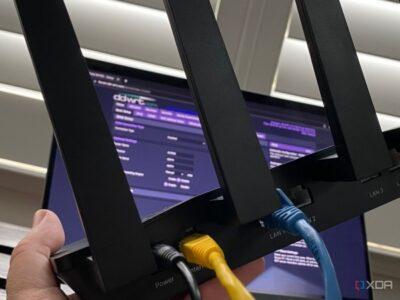
Most of the best Wi-Fi routers give the average customer all the controls they could ever want with simplified access to wireless settings, QoS, and firewall settings making home networking tech more accessible to all. For those looking for a more open experience, more advanced and in-depth settings can be made available with an open firmware like OpenWrt or DD-WRT. If you want access to these extra features, however, you’re looking at a more complicated setup procedure and a lot more research.
Both OpenWrt and DD-WRT are completely free to download and use with access to stable and beta builds. OpenWrt is completely FOSS (free and open-source software) meaning that no company owns any part of it, so you can use it without any permission and if you have the know-how, you can even dig into the code yourself. DD-WRT makes a few concessions when it comes to being open-source to allow support for a wider range of devices, such as those running Broadcom chips.
Availability comes down to not only a specific brand of router, but the model and even hardware revision. Many routers will have multiple versions with slight hardware tweaks that don’t matter much, if at all, to the end-user with standard software, but can lead to issues when installing a custom Linux-based operating system (OS) like OpenWrt or DD-WRT. When you’re looking for router software for your hardware, make sure to note any version information. This can typically be found next to the model number on the bottom of the router.
It’s true that these options don’t necessarily support the very latest routers, but they do add masses of features to older routers. Also, with ASUS routers they do already have lots packed in, and I actually opted to install the ASUSWRT-Merlin firmware which retains close compatibility with the ASUS firmware.
See https://www.xda-developers.com/dd-wrt-vs-openwrt/
#Blog, #DDWRT, #openwrt, #routers, #technology
5 Likes
5 Comments
2 Likes
If your router no longer gets OEM updates, consider OpenWRT with 180 more devices supported to a total of 1,580 devices
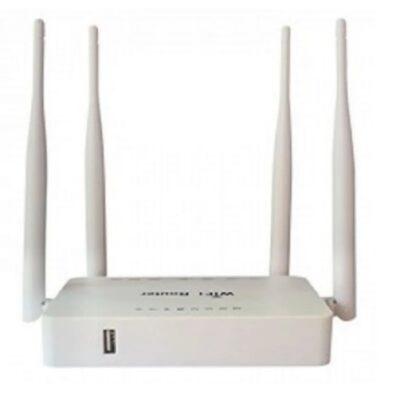
Your home router is usually your main gateway and firewall between your house full of connected devices, and the Wild West of the Internet. If you have a router that is no longer receiving updates every month or so, then you’re likely not getting the security patches that you need to protect your home network.
Or you may have an older, or cheaper, router that lacks many more advanced features.
OpenWRT is regularly updated and patched and is crammed with all sorts of management and security features. It can turn many “dumb” routers into more advanced devices (yes, it’s mostly all in the software). It is free to install and use, but will require you to reflash your router and start again with default settings.
See https://www.phoronix.com/news/OpenWrt-22.03-Released
#technology #OpenWRT #routers #security #opensource
#Blog, ##opensource, ##openwrt, ##routers, ##security, ##technology
6 Likes

